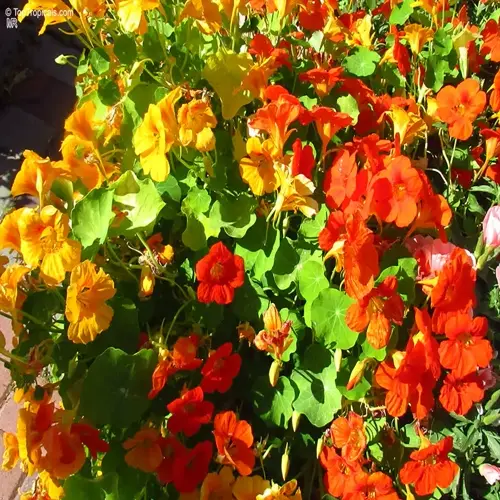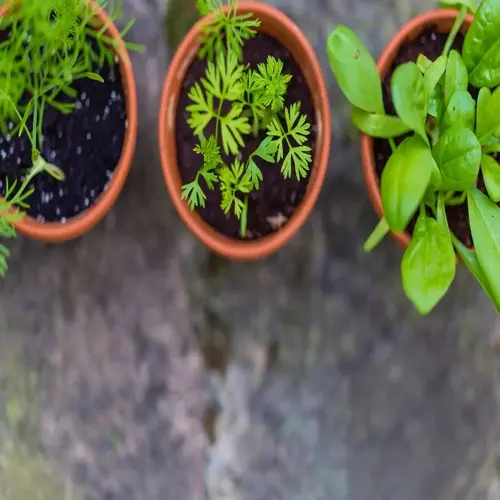When is the optimal time to graft fruit trees?

Written by
Paul Reynolds
Reviewed by
Prof. Charles Hartman, Ph.D.Timing is everything for grafting to be effective on fruit trees Early spring and late winter are natural seasons of dormancy to coincide with dormant whip grafting methods. In the spring, with the movement of sap, bark grafting methods are used. I use the technique of observing soil temperature to plan my orchard work.
Temperature ranges are key in the activity of the cambium layer. Ideally, maintain a temperature range of 50-75°F (10-24°C) for optimal healing. Frost interrupts cellular regeneration; heat dries tissues. I have added buffer weeks to my grafting schedule because early spring weather can be unpredictable.
Dormant Season Techniques
- Whip grafting: Perform 4-6 weeks before bud break
- Cleft grafting: Works during deep dormancy periods
- Best when daytime temperatures consistently exceed 40°F (4°C)
Active Growth Periods
- Bark grafting: Requires active sap flow under loose bark
- T-budding: Needs mature but flexible summer growth
- Monitor for bark separation - slides easily when ready
Regional Adjustments
- Southern zones: Graft 4-6 weeks earlier than northern regions
- Coastal areas: Account for cooler springs with delayed schedules
- Microclimates: South-facing slopes thaw 2 weeks sooner
Buds developing indicates the right time for dormant grafting. Swollen, yet unopened, buds are the ideal time frame for grafting. When the buds reach around the pencil tip size, I tie ribbons on the trees. The consequences of missing this window were just one whole season of apple grafts.
Sap flow testing to avoid failures in bark grafting. Make a small T-cut in the bark of the stock. When it comes away cleanly without tearing, the sap is in circulation. My failures in pear grafting ceased after a daily spring check was established.
Avoid severe weather. New grafts are damaged by frost and dried out by heat. I use burlap to protect grafts in cold weather and shade cloth in heat waves. These measures increased the survival rate in my tests by 40%.
Read the full article: Mastering Grafting Fruit Trees: A Complete Guide

